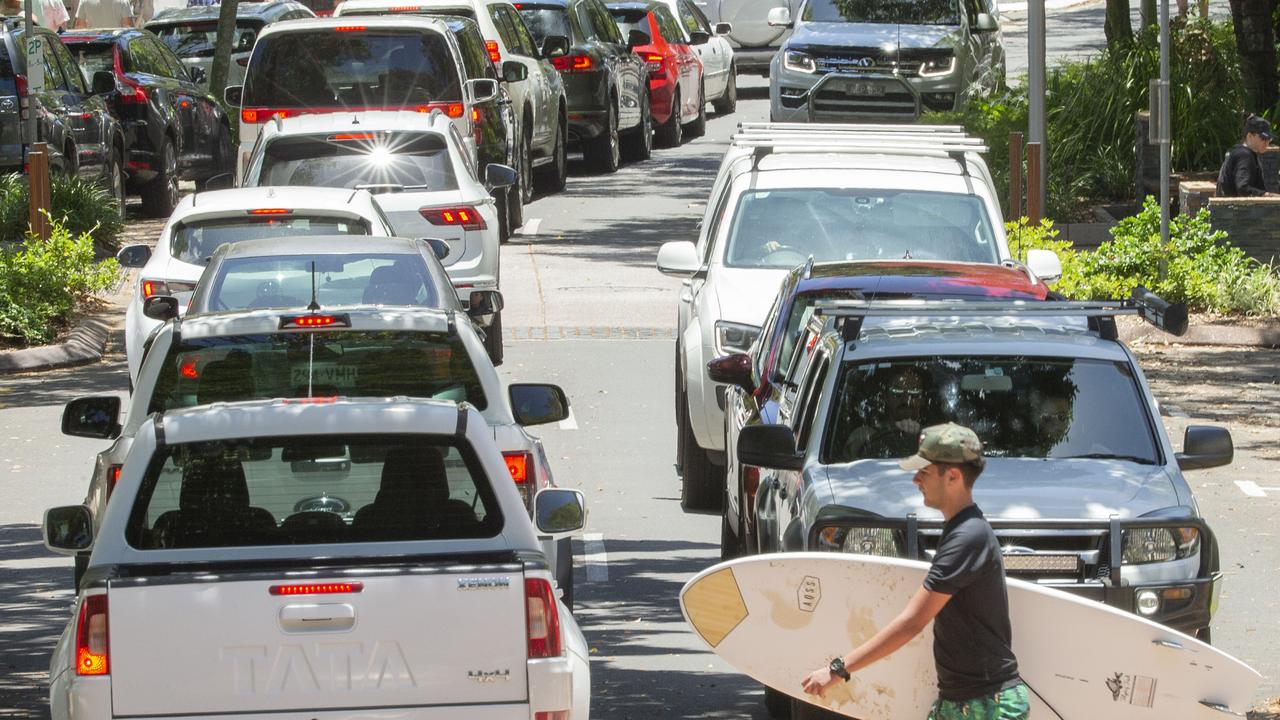It’s time we bit the bullet and introduced a congestion tax on vehicles entering the Noosa Shire.
My recent opinion piece on Sunshine Coast Council’s Mass Transport strategy, and the suggestion that the money could be better spent on public transport, was in no way meant to convey that public transport was the only solution to Noosa’s traffic problems.
Indeed, congestion charging should be the centre piece of a mixed strategy to tackle congestion, a point made by the Gratton Institute, in October 2019. A congestion tax – applied on all vehicles entering Noosa Shire (with some exceptions) – must be part of the mix.
The main purpose of such a pricing system is to reduce traffic congestion and improve the environment. A congestion charge tackles congestion without asking communities to pay millions of dollars for major new roads or other expensive and undesirable infrastructure such as multistorey car parks.
Evidence suggests that road user charging can change behaviour in ways that ease congestion. Experience also shows that initial hostility to such a proposal quickly turns to support once people see how effective congestion charging can be.
Number plate recognition technology (already widely used for toll roads, some parking bays) has advanced significantly in recent years and could be easily applied to the Noosa situation. Noosa’s road system and access in and out of the Shire make it quite easy for “control points” to be established. There are any number of variations to such a system that could be applied.
The idea of a congestion tax to address traffic and congestion problems is nothing new. In fact, many cities around the world have imposed some form of charges / pricing to address the chronic traffic problems bedevilling cities.
One of the earliest was the Stockholm congestion tax (also known as the Stockholm Congestion Charge) which is a pricing system implemented as a charge levied on most vehicles entering and exiting central Stockholm, Sweden. It was inspired by Singapore’s Electronic Road Pricing System which first introduced it in 1975. Today similar cordon charges are levied in London and Durham in the UK; Stockholm and Gothenburg in Sweden; Valetta (Malta); Milan in Italy and some cities in Norway (Oslo and Bergen). A congestion charge is planned for New York City this year.
The London Congestion Charge is one of the better-known examples and has reduced some of London’s worst traffic problems (Interestingly, the London Ambulance Service reported a tripling in survival rates from cardiac arrests; presumably because of faster speeds in getting to patients).
Car traffic in London decreased by about 20% after a congestion tax was introduced and traffic congestion reduced by about 85% after Durham introduced its congestion charge in 2002. While London is looking to reviewing its congestion charge that does not mean the city is about to abandon some form of pricing. Far from it – it could well be that a new kind of user fee will come into force for all car journeys across the entire city and not just central London.
Road congestion charging has been advocated for over half a century including by the Industry Commission – the predecessor to the Productivity Commission – which recommended it as far back as 1994. In addition to the Productivity Commission a number of reviews and reports have highlighted the social costs of congestion, and all have proposed some form of road user charge (the Harper Competition Review in 2015 and the aforementioned Grattan Institute Report in2019 by way of example).
So, how could the system operate in Noosa?
Number plate technology would capture the registration details of all vehicles entering the Noosa Shire and would incur a charge of, say, $3.00 for arguments sake. Just as a vehicle incurs a charge if it crosses the Gateway Bridge. Vehicles registered with a Noosa Shire address would be exempt, therefore residents would not incur a charge.

In addition to residents, exemptions would apply for emergency service vehicles, buses, Council vehicles, certain medical staff, vehicles used by persons with a disability, and aged care personnel.
What about tradespersons coming in from outside the Shire? Well, yes -they would incur a charge. The tradesperson either absorbs the cost or passes it on to the client. An extra $3.00 on the average callout fee charged by a tradesperson is not that onerous and worth paying if it contributes to the solution.
The funds collected would be used to fund any number of initiatives to further reduce car usage, alleviate congestion and provide for more sustainable transport options. Over time Noosa Council could reinvest proceeds in its own small, electric bus fleet.
Alternatives that have been mooted include paid parking and the construction and operation of car parks. A $3.00 charge is a much cheaper option than someone would pay for two or three-hour parking (a recent two-hour visit to the Sunshine Coast Private Hospital cost me $6.00 for on street parking; and a car park stay in Brisbane can set one back a considerable amount of money). A congestion charge is a much cheaper impost.
A congestion charge of this kind could also be introduced in conjunction with other initiatives. Parking on some highly congested residential streets could be restricted to residents (with a residents’ permit). Residents could apply to Council for a specific number of “visitor permits” which they could give to visitors as occurs in the North Sydney Council and other areas.
Noosa’s Transport Strategy needs to be urgently reviewed so that appropriate strategies to address the current and looming challenges can be addressed. This is as big, if not a bigger issue, than that of Short-Term Accommodation and needs to be at the forefront of debate at the 2024 local government elections.

